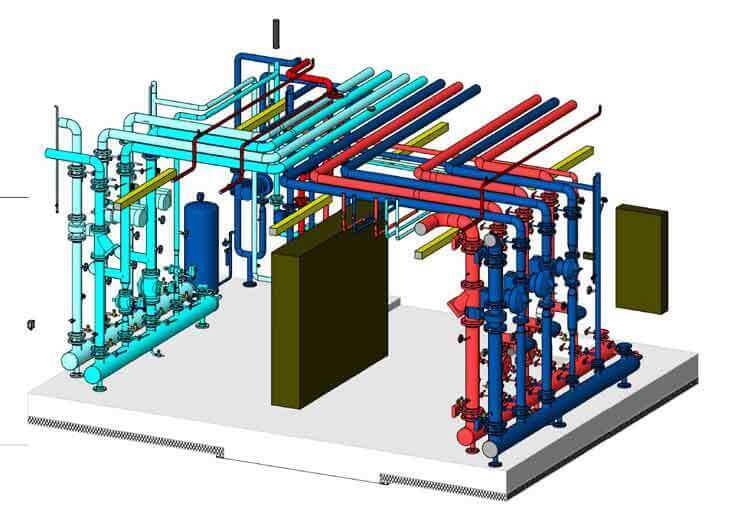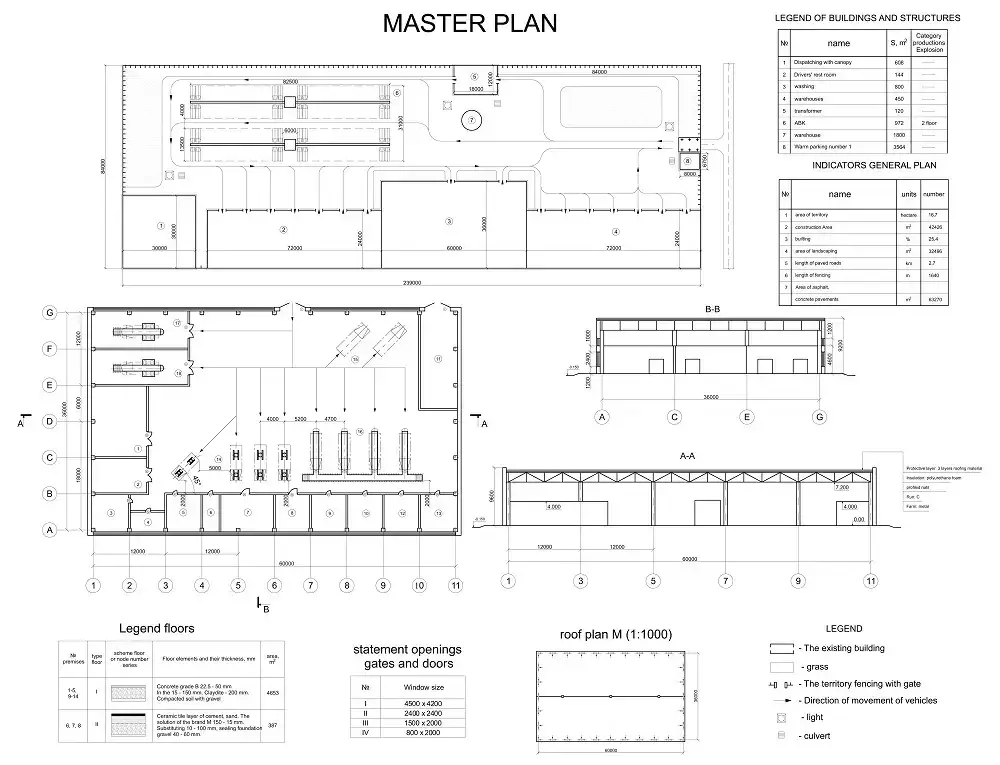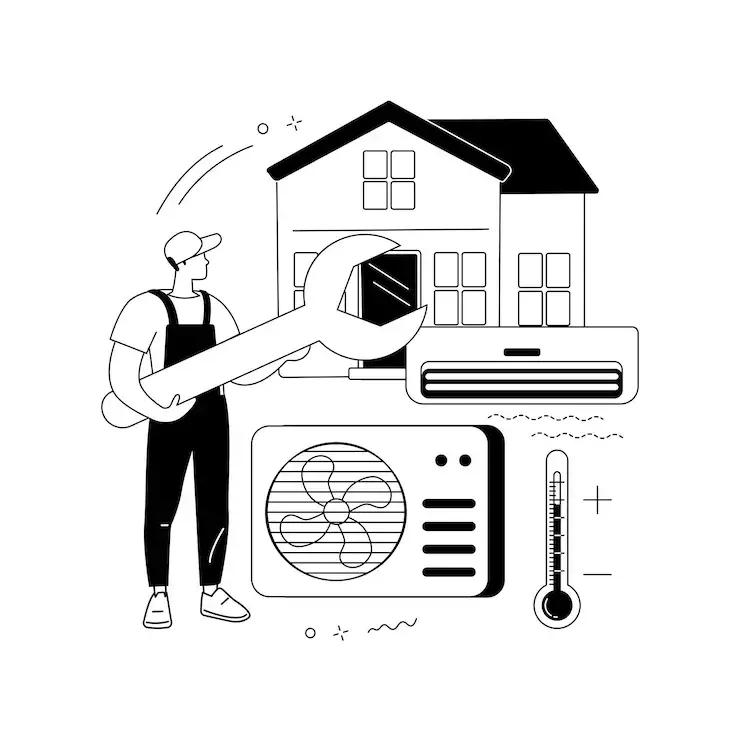The principle function of HVAC (Heating, Ventilation, and Air Conditioning) service is to maintain a tolerable ambiance in a building.
In a chilled winter, you need heating and ventilation, while in a hot summer, you need an Air Conditioning system to cool the room temperature.
Therefore, no home has left without the HVAC system. Shalin Design maintains high quality outputs in CAD design and drafting for HVAC systems for different requirements.










